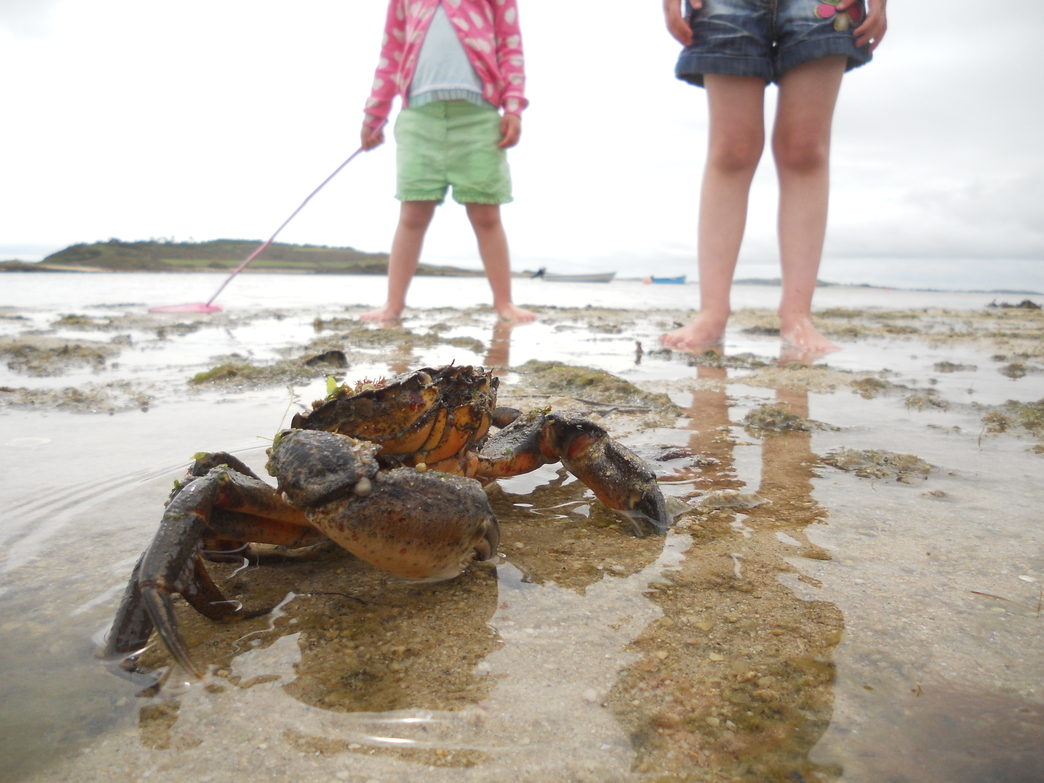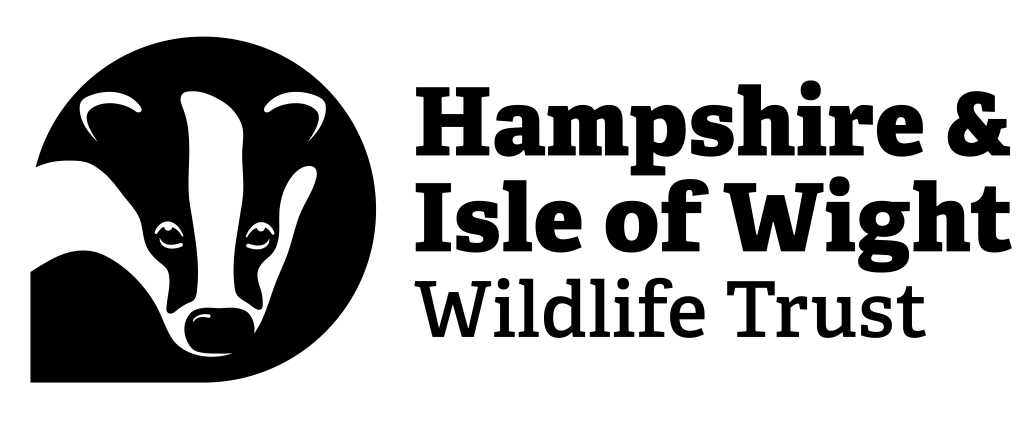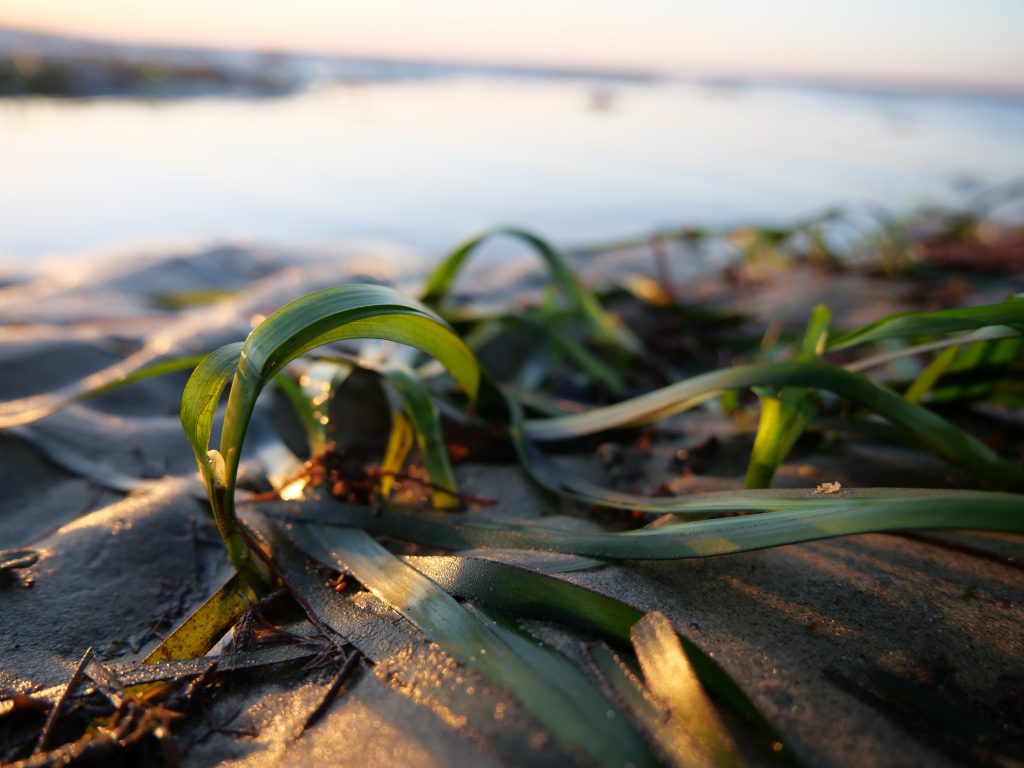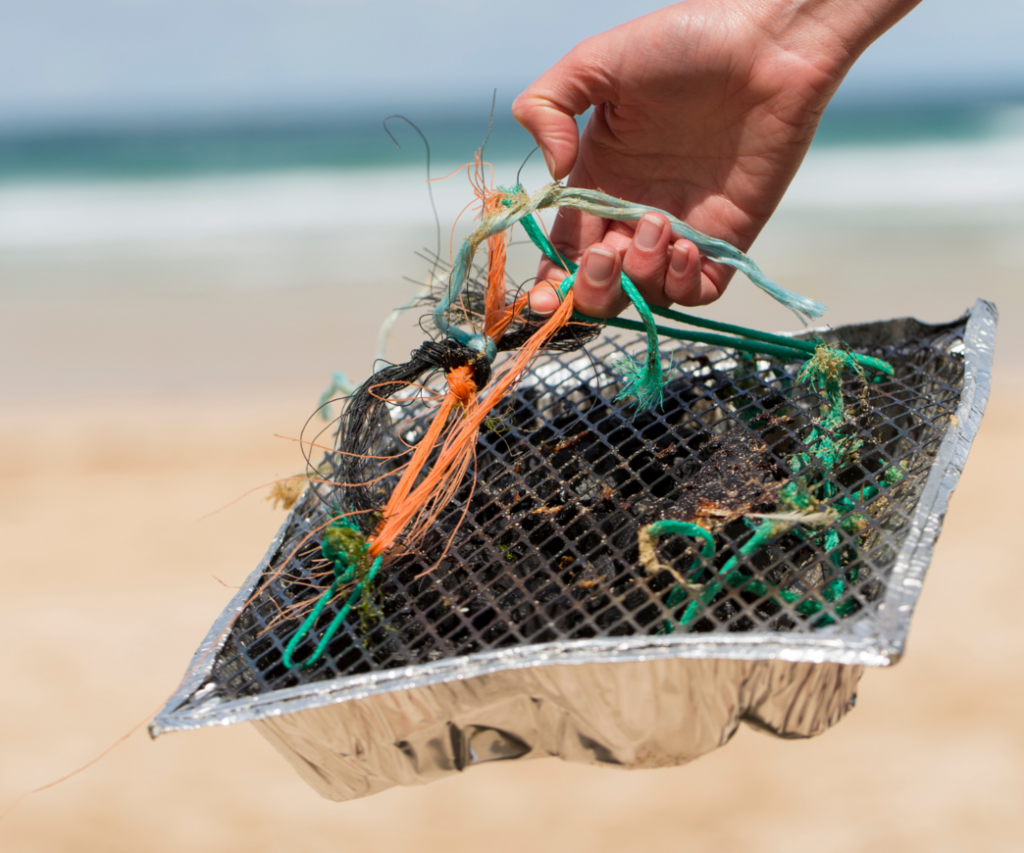
Treating marine wildlife with respect this summer
Many of us will be visiting and enjoying the coast around Hampshire and the Isle of Wight this summer. This is a beautiful environment which is precious to us all, both inhabitants and visitors alike. We asked Hampshire and Isle of Wight Wildlife Trust to share some simple steps we can take to show respect and care for our much-loved marine wildlife and precious coastline.

Remember the Seashore Code
Strandline walks and rockpooling are fantastic ways to catch a glimpse into the wonderful world of our marine environment. From sea anemones to pipefish, cuttlefish bones to mermaid’s purses – there’s lots of amazing marine life to discover.
When exploring the shore, it is vital that we leave this special place as we found it. That’s why we must be aware of the Seashore Code, so that the plants and animals are protected and thrive, and so that we stay safe too. So when you next venture down to the seashore, please remember the following:
- Handle marine life as little as possible and always put them back where you found them.
- Try to observe marine wildlife in their natural habitat. If you are using a bucket or tray, make sure you aerate the water by moving it from time to time to keep it oxygenated. Do not keep animals in there for a prolonged period of time to avoid stressing or endangering them.
- Always put seaweed and overturned rocks back carefully just as you found them, because these provide shelter and shade for marine life.
- Take care not to damage marine life underfoot or by pulling them off rocks.
- Don’t take any living things away with you.
- Keep safe on the seashore – check the tides.
You can also take a look at Hampshire & Isle of Wight Wildlife Trust’s easy guide to eco-crabbing!

Responsible encounters with marine mammals
One of the most exciting sights on the Solent and a real highlight for many people are encounters with marine mammals. In these waters we are so fortunate to be able to find harbour porpoise, bottlenose dolphins, common dolphins and seals.
Of these, the dolphins and porpoise use echolocation to interpret their environment and find out where other animals and objects are. However, engine and propeller noise can drown out these signals which can disorientate the animals and disrupt communication. Human disturbance can also cause them significant stress, affecting their ability to breed, feed or nurture their young. This can be a particular problem with seals and their pups ashore.
To ensure that we continue to see these magnificent marine mammals in our waters, here is advice on how to behave around them:
- Watching them from shore with binoculars is a fantastic way to enjoy them without causing any disturbance.
- If you are a boat user or recreational water user keep a safe distance of 100m.
- Avoid groups of mothers and young completely.
- Slow down or stop if animals actively come over to boats and allow them to pass. Put your engine into neutral so there’s no chance of injuring them with the propeller.
- Animals must not be actively pursued when they move away. If dolphins or porpoises bow ride alongside vessels, vessels should not increase their speed or change course.
- Ensure all encounters are on their terms by ideally only being close to them if they choose to be close to you.
For more information on how to act responsibly around marine mammals check out the The Green Marine Wildlife Guide.

Anchor with care
Boating is a great way to connect with our marine environment. But it’s important to be careful with how and where you anchor and moor as these activities can have an impact on sensitive seabed habitats, including seagrass meadows. The Green Blue has great advice on how to anchor and moor responsibly.

Leave nothing but footprints
- After a day by the coast, please ensure that you take all your rubbish home with you or put it in the bin.
- Don’t leave used BBQs on the beach. If left to wash away the BBQs can be harmful to marine life. Extinguish the BBQ with water and allow it to cool completely before taking it to the nearest bin or home with you.
ℹ️ Wightlink is proud to support Hampshire and Isle of Wight Wildlife Trust to create a ‘Wilder Wight’. We do this by showcasing the Island and it’s incredible natural environment, encouraging people to visit and connect with nature and by supporting the Trust’s reserves team to rewild the Island.
